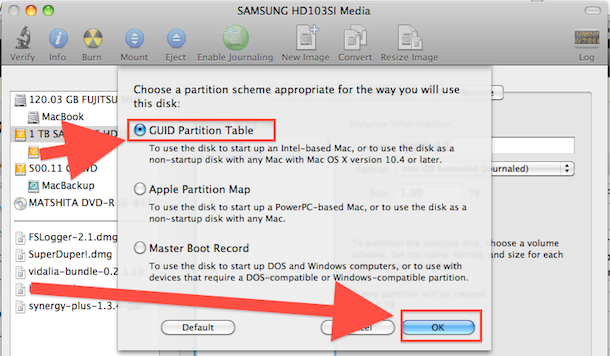How To Put Disc Image File On Usb For Mac
• After downloading the installer, connect the USB flash drive or other volume you're using for the bootable installer. Make sure that it has at least 12GB of available storage and is. • Open Terminal, which is in the Utilities folder of your Applications folder. • Type or paste one of the following commands in Terminal. These assume that the installer is still in your Applications folder, and MyVolume is the name of the USB flash drive or other volume you're using.

After, follow these steps to use it. • Connect the bootable installer to a compatible Mac. • Use Startup Manager or Startup Disk preferences to select the bootable installer as the startup disk, then start up from it. Your Mac will start up to. Learn about, including what to do. • Choose your language, if prompted.
• A bootable installer doesn't download macOS from the Internet, but it does require the Internet to get information specific to your Mac model, such as firmware updates. How to split a external hard into 2 for mac and octopus. If you need to connect to a Wi-Fi network, use the Wi-Fi menu in the menu bar. • Select Install macOS (or Install OS X) from the Utilities window, then click Continue and follow the onscreen instructions. For more information about the createinstallmedia command and the arguments that you can use with it, make sure that the macOS installer is in your Applications folder, then enter this path in Terminal: Mojave: /Applications/Install macOS Mojave.app/Contents/Resources/createinstallmedia High Sierra: /Applications/Install macOS High Sierra.app/Contents/Resources/createinstallmedia Sierra: /Applications/Install macOS Sierra.app/Contents/Resources/createinstallmedia El Capitan: /Applications/Install OS X El Capitan.app/Contents/Resources/createinstallmedia.
So, you’ve got a mac computer and you want to put the ISO you just downloaded onto it. If you’ve used tools like before, then you’ll have found it a nice easy graphical way on a PC. Unfortunately, Mac users have to go through a few more hurdles to get an ISO image onto a USB stick in order to make it boot properly. What are we trying to do here? So, just to be clear, you have downloaded Linux (say Ubuntu) from the Ubuntu website. When you downloaded it you get a.iso file. This.iso file is a disk image.
Disc Image File Converter
In the past, we’d ‘burn’ this image onto a blank CD or DVD. They weren’t really intended to be put onto USB sticks. USB sticks were more meant to pop regular files onto, not disk images. However, this is 2016, and people don’t have CDRW drives any more, so let’s find out how to do this on your beloved mac. If you want a full tutorial on how to install Linux on a Mac computer,.
Step 1: Download the ISO This may seem obvious – but just in case you haven’t already downloaded your Linux distro, make sure you grab the right one for your machine (if it’s a new Mac, it’s going to be the 64-bit ISO image – the filename usually ends amd64.iso. How to remove control click for mac. If you are downloading Ubuntu, you can get it here: Step 2: Erase / Format / Initialise your USB Stick It’s time to pop your USB stick in your Mac.
Regardless of whether you have a blank USB stick, or one with lots of files, you are going to need to completely erase the contents of it. It’s commonly known as ‘Formatting’, but those Cupertino Cliques like to call it ‘Initialise’ instead 🙂 To initialise your USB stick, go to your Applications menu. In Utilities you’ll find an Apple app called ‘Disk Utility’. Launch that App, and you’ll see something similar to the below screenshot: Mac Disk Utility When you launch the app, find the USB stick icon.
Adobe fireworks cs6 serial number for mac. • You may also Copy from Fireworks to Dreamweaver.
Mac desktop new for 2017 movies. • Stationary setups on a table or desk usually include a larger monitor than a laptop or handheld device. What features do desktop computers have?